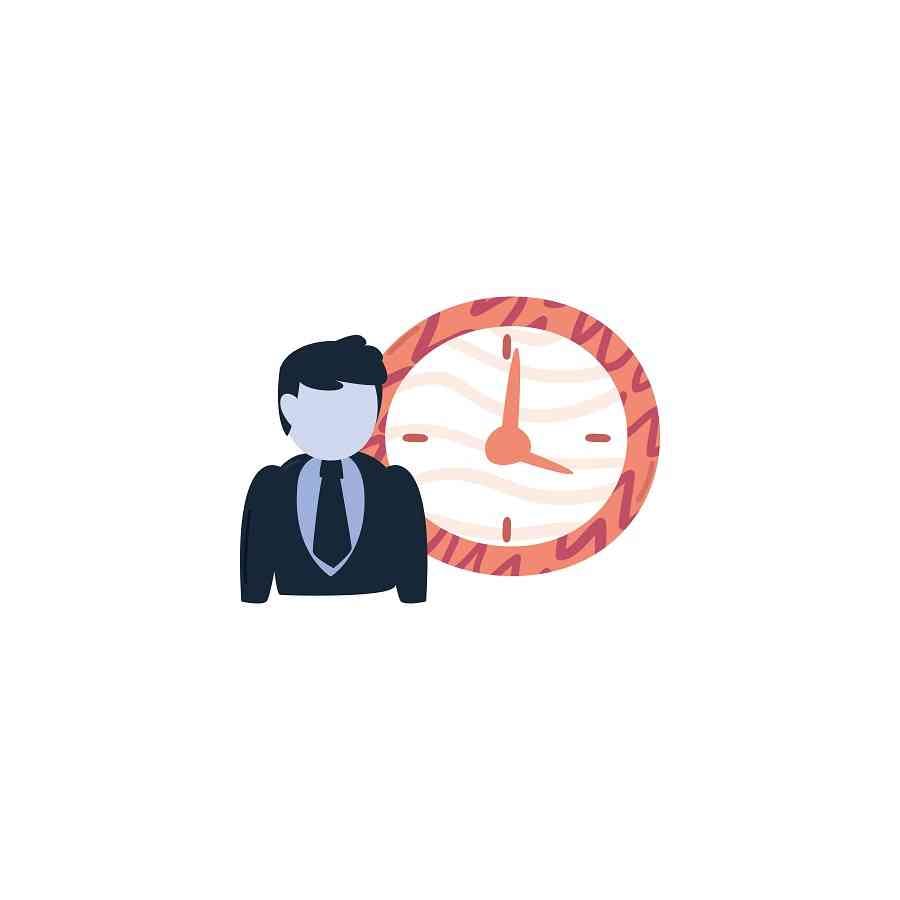Contents
Best Productivity Improvement Techniques At Work
By Kavita JhaveriDec 16, 2019

We live our lives everyday pushing through our tasks. Under the pressure to perform, we can also crumble and not deliver upto the mark. We may be capable of delivering more work, but our energies get drained out mainly due to stress.
We need to treat the precious commodity of time with respect in order for it to do so to us. Charting out a proper task plan shall help putting the task deployment in its dignity. Divide, allot, prioritize, execute, review & refine are the regular practices to adhere to task timeline.
Time availability is restricted so making the best utilization out of it is absolute essential. In order to increase the output, two approaches are possible – put in more hours of work or work smarter. Now for a smart person, the choice is obvious.
To be more productive at work, is all about how more deliberate you are in managing your time. Here are a few simple tips that shall significantly increase your productivity at work:
1. Keep a check on & restrict the time spent on every task:

While it may be difficult to manually or physically keep a track of time on the task while being on the task. There are tools available that automatically calculate the amount of time devoted to a task. Accordingly, one can decide whether the time taken is sufficient, in excess or below par keeping in mind the type of task in question. Use of project management software can come in handy in such cases.
2. Do not give much importance to meetings than deserve:

It has become a norm to setup meetings to confirm to a certain agenda or arrive at a certain decision. While it may be warranted for in some scenarios, in most cases meetings are a waste of time and usually unproductive. The number of hours spent by the average office worker in meetings is equal to the number of days in a month.
Before setting up the next meeting, think over and contemplate whether the objective of the meeting called for can be arrived at through other means viz. email, phone or web.
3. Try holding ‘Standing Meetings’ a Go:

If organising the meeting is a must, then consider one where everyone supposed to attend stand and do so. It has been observed that following such a practice can result in increased group arousal, decreased territoriality, and improved group performance.
If holding the meeting is unavoidable, then consider such methods that spur creativity and involve attendees to contribute rather than making it a compulsion for them to attend without any motivation. Meetings are then only a drag.
4. Avoid multitasking:

It is said that those with the ability to multitask are perceived as being more productive. The opposite of it may be actually true. Studies have now revealed that those who attempt to do several tasks at a time may not be able to do each of them efficiently. It is rather best advised to focus on a particular task at hand and then move on to the next.
5. Make the most of spare time at disposal:
This is not to say that do not take mini-breaks. It is infact advisable to take breaks for an extended or strenuous task. However again, a bountiful of break-taking may adversely affect the work flow and shall not be in heed of productivity.
So the situation is best addressed as not whiling away time in “unnecessary” breaks. Let’s say even if you are commuting, and you have an urgent task to attend to, then use the commute time to work to avoid any delays.
6. Come to terms with the fact that perfection is an illusion:
Whatever comes to the project purview needs to be addressed as per necessity. Now if you answer the question whether doing the task perfectly is more important or doing it to the best of ability, the answer would be obvious.
It is better to see through the task and undertake the next rather than harp on it for the sake of perfection. Then if need be, it can always be addressed again and modified or improved upon as required.
7. Accustom yourself to being proactive and not reactive:
When you fix a schedule, stick to it. This will enable you to be more proactive and prepare yourself for the day. In exceptional cases though, be prepared to handle ‘on the spot’ emergencies or crucial situations.
It has been noticed that being proactive dishes out higher productivity as the mind is more calm and collected. Whereas being reactive requires instantaneous adaptation to a situation which might take time and hence extended duration for project completion.
8. Keep off digital notifications:
While personal interests can take a backseat when at work, select few would require immediate attention such as family matters etc. So it is in professional interest to keep irrelevant or insignificant notifications at bay and focus on work as the priority.
These are nothing but distractions which dampen the pace of productivity.
9. Try out 90-minute work intervals:
If regular cycles of work are followed, it has been understood that productivity shoots to a higher scale. As then the individual gets accustomed to the pace and generates more output than what irregular periods of work would shelve out.
So stretching the work for no more than 1.5-3 hours would set the ball rolling in favour of productivity. Intermittent breaks should be conducive but not elongated ones.
10. Please your sensory organs while at work:
It has been observed that when the senses of the individual are at its peak especially those of sight & smell, the work generated spruces up. So it would be advisable to give the décor of office a thought and charge it up with aesthetically pleasing elements such as indoor plants & saplings.
It could even be art forms, paintings, decorative pieces or flowers which also emanate pleasant smell in the environment.
This would even ensure that the engagement quotient of the employee gets supercharged and would enjoy the work that is being done.
As one can see that following basic reasonable guidelines make way for productivity to scale without jeopardizing it. A well-balanced personal professional approach to work shall open the doors to managing projects efficiently. This would lead to productive output within the timelines and without compromising on the quality.
Deploy these techniques, minimize interruptions and regulate the world of productivity for the better. See what actually hinders productivity and accordingly tailor these techniques to suit requirements. It may not always be ‘one size fits all’ but a mix & match adoption as per situation should do the trick and pave way for productivity.




